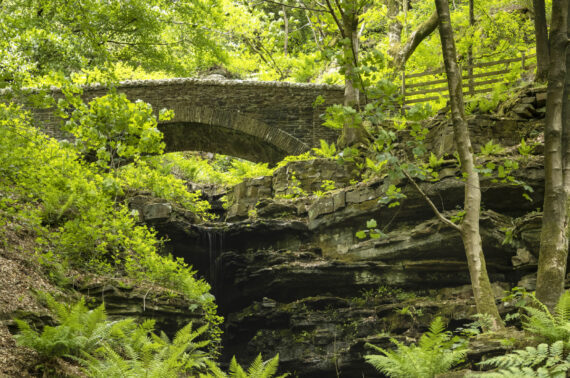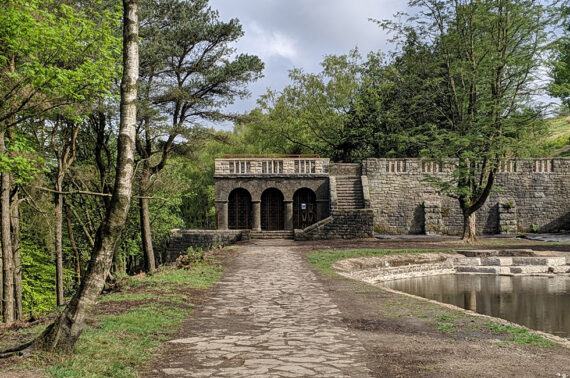Saved by the Community
- | Dorian Proudfoot
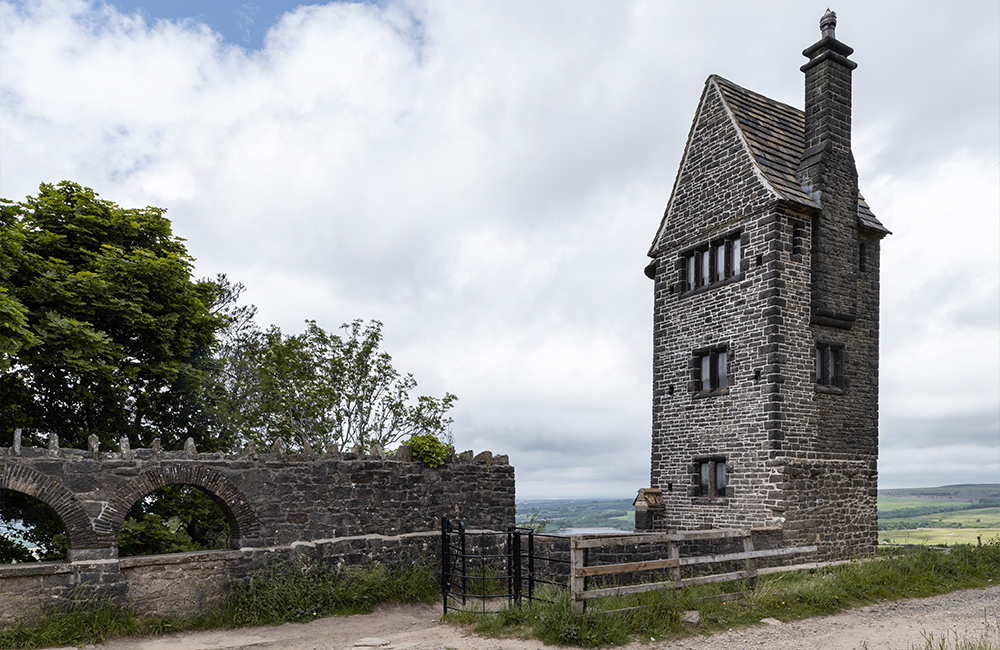
William Hesketh Lever, 1st Viscount Leverhulme was a successful, socially conscious and aesthete businessman who built a great business empire from the sale of soap in the late 19th and early 20th century. Born in Bolton, Lancashire, he joined the family grocery business aged 16, followed shortly afterwards by his brother James. In 1885 they bought a small soap and cleaning product works in Warrington and thus began the Lever Brothers company (now Unilever). After only three years their business had grown to be such a success they quickly needed larger premises to cope with the ever expanding trade.
They purchased 56 acres of land in Cheshire and set about building Port Sunlight. a model village, between 1888 and 1914. The inclusion of schools to educate 500 children, a concert hall and theatre, library, gym, and open-air swimming pool, all for the benefit of his workers in the 700 cottages demonstrates the scale of his ambition and the generosity he showed to his staff. The size of the development also indicates his passion for building and for working with architects and landscape designers to achieve his vision.
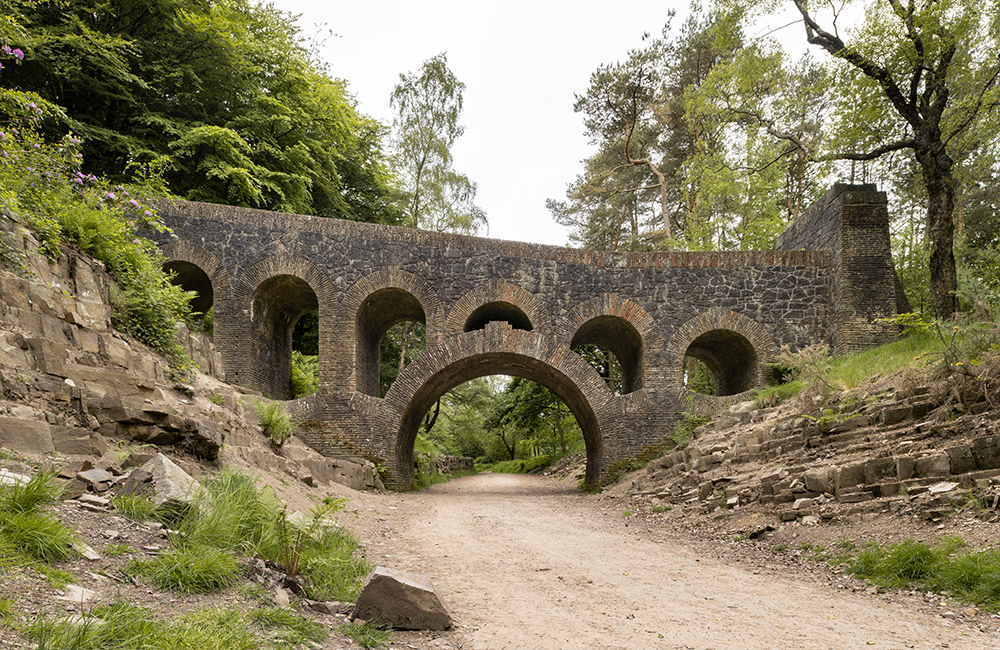
Despite his active business life and relocation to the Wirral in Cheshire he retained a house near his native Bolton. In 1899 he was offered the Rivington Estate, seven miles north of Bolton, on the edge of the Pennines nearly 1000ft above sea level. Lever chose to ignore the existing Georgian hall and instead embark on a 25 year building project high up on the edge of the moor overlooking the reservoir below with far reaching views to the west coast. The first building was erected in 1900-01 and was a prefabricated timber structure of one story laid out on a levelled terrace to benefit from the open views.
In order to achieve his vision for the surrounding grounds Lever turned to the services of the notable landscape architect Thomas H Mawson. Having received a letter from Mawson relating to a donation for the restoration of a church monument, Lever took the opportunity to write back, humbly enquiring whether Mawson would entertain working with him on the Rivington project despite the fact he was a lowly soap manufacture and not of the usual class of clients Mawson was used to. Their first meeting in 1905 marked the beginning of a long and successful working relationship, of which Mawson wrote in his autobiography: ‘Of all the gardens which have ministered to my professional enjoyment, none comes into competition with Roynton’ thanks to the ‘exceptional’ client and site.
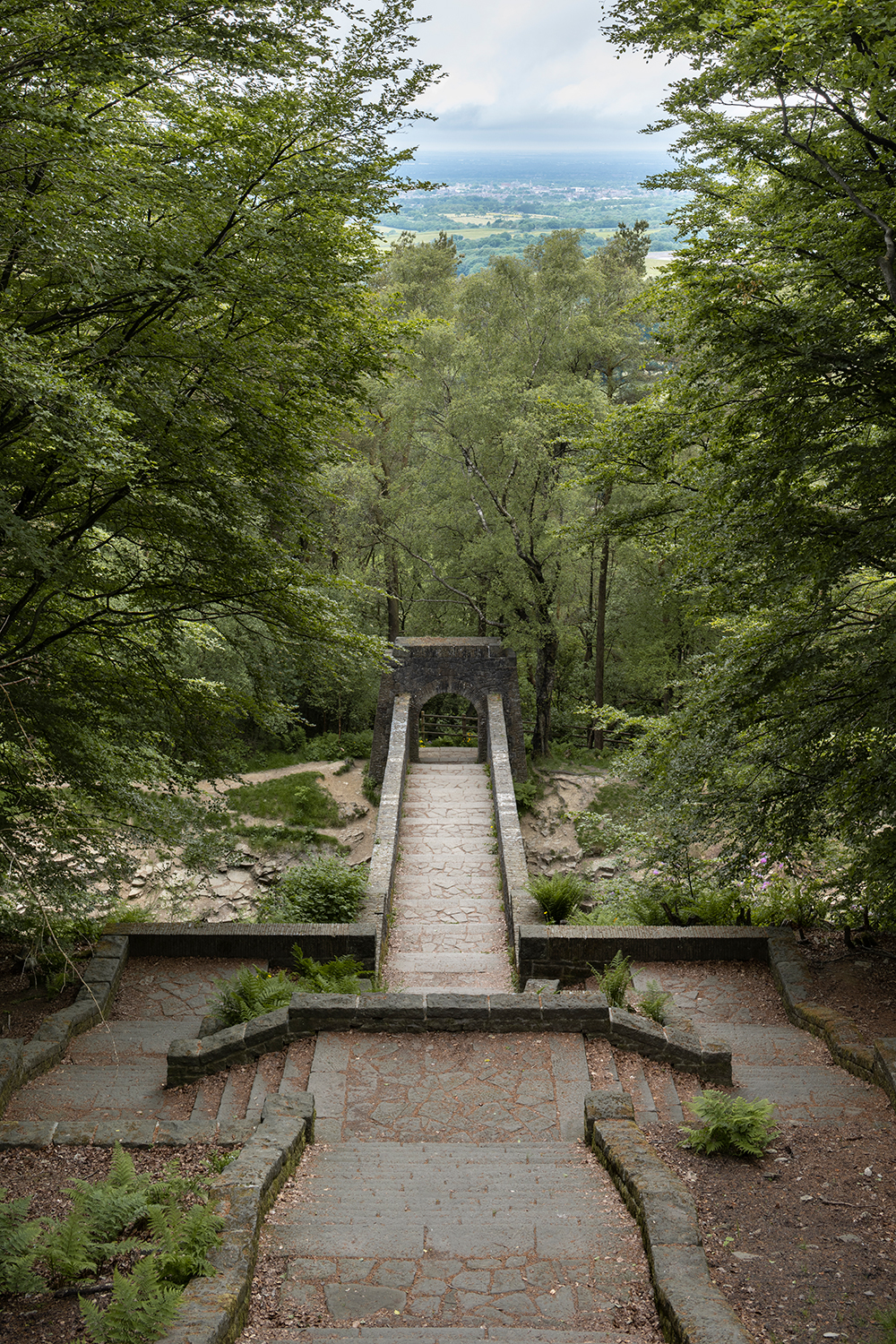
Mawson and Lever spent the next twenty years gradually developing the steep twenty hectare site starting with the planting of trees and shrubs to control the views out to the landscape beyond, sequences of steps and loggia built from local grit stone used in thin tile-like detailing to columns and copings. Above the ‘Bungalow’, which was a much larger stone-built replacement of the original timber house burnt to the ground by a suffragette arson attack, at the top of the site commanding the best views, Lever built an Arts and Crafts style tower, designed by Robert Atkinson in 1909. To the east a series of lakes, lawns, terraces and ravines were manually cut out of the landscape by the one hundred strong team of labourers and gardeners. In all Lever and Mawson built eleven separate structures including five summer houses, three bridges, a bothy and two loggia. Two large lakes were formed, one with an Italian theme and one with a Japanese theme which feeds into an impressive 300m ravine with waterfalls and pools criss-crossed by paths and streams.
At the time of Lever’s death in 1925 work was still underway to create a third lake, thought to be required to boost the water supply to the ravine on special occasions when Lever wanted to impress his guests by releasing the stored water for dramatic effect. Work abruptly came to a halt and The Bungalow and grounds were sold to a local brewer. Used in the Second World War as a billet. the Bungalow fell into disrepair and was demolished in 1948 along with most of the ancillary structures. The site was acquired by the Liverpool Corporation (now United Utilities (UU)) as it feeds the reservoir that supplies Liverpool with its water. Maintenance of the grounds and remaining structures over the following years was minimal. Despite this, under the overgrown vegetation much of the Lever and Mawson designed layout remained intact and, thanks to the lack of private ownership, was saved from alteration by successive redevelopment. Despite the lack of maintenance, the gardens have always remained open to the public, who have enjoyed the winding pathways and ruinous structures for generations. A local affinity with the site has been nurtured and passed down through generations of families. It is this local love for the site that has been its saving grace.
The community’s care for it started in 1975 when it is reported that the British Trust for Conservation Volunteers helped to clear overgrown pathways and carry out some replanting. More recently the Rivington Heritage Trust (RHT) was set up in 1997. Two failed initiatives to restore the gardens eventually led to a Heritage Lottery Fund (HLF – now the National Lottery Heritage Fund) project and lnsall’s involvement from 2014.
Our client was engaged by the RHT in 2011 for a successful bid to the HLF for £3.4m. £190k of matching funding and a grant from the landowner United Utilities brought the total sum for the restoration project to £4.2m. As lead consultants we teamed up with landscape architects and civil engineers Aecom, and structural engineers, initially to carry out condition surveys of the eleven listed structures and the listed gardens and garden features. We designed sensitive repairs to all structures including carefully selected rebuilding of lost elements where records existed in historic photographs and plans. Handrails and decorative metal shutters add extra protection to the structures and to the public when exploring the gardens. A successful planning and listed building consent application and HLF development phase funding led to a contractor’s appointment through competitive tender in 2017. It was whilst waiting for HLF approval to start the delivery phase that the most significant community activity, that has ultimately underpinned this project, began. The confidence that the project was going to go ahead and that the funding would be there to support volunteer activity for the next three years provided a great impetus for the local community to engage in their numbers with the project.
One of the appointed contractor’s first jobs would have been to clear the overgrown vegetation away from all the structures across the site. RHT were able to organise an enthusiastic team of volunteers to do this job before the contractor got to site saving the project £60,000 before a shovel had even broken the ground. This level of enthusiasm and engagement grew throughout the project and to date: Over 600 people have registered to volunteer; there have been over 230 Corporate volunteering days; over 120 School visits; 34 ‘Saturday task’ days; over 450 mid-week task days and over 80 events ranging from mushroom foraging walks to a major annual music festival.
In total there has been 57,335 volunteer hours spent on the project since September 2016. This equates to £358,345 volunteer time to contribute to the HLF match funding. The volunteers can proudly state that together they have completed: six miles of footpath clearance; 40,000 m2 of vegetation clearance; creation of a new Memorial Orchard; carried out an archaeological survey of the Bungalow site; located and restored 300m of ‘lost’ footpaths and reconstructed Lord Leverhulme’s sundial on the Orchestra Lawn, which is now a lasting focal point for the volunteers to celebrate their significant contribution to this nationally significant garden restoration. Now that the contractors have completed their work and the HLF funding completes mid-2021, safeguarding of the gardens for the future generations to come is in the safe hands of the community volunteers.
